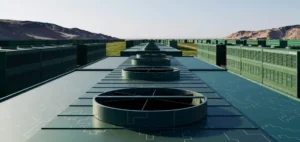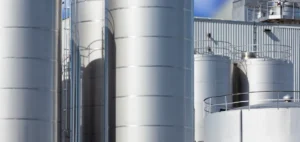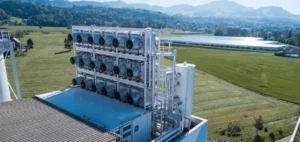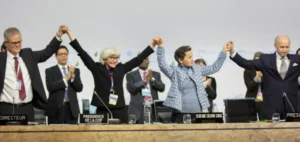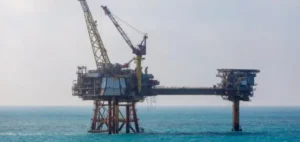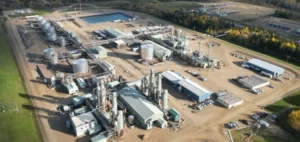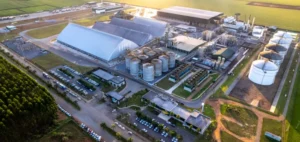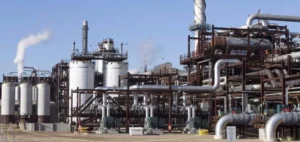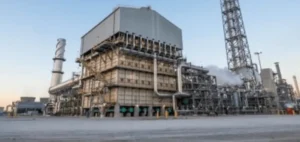Projects to enhance the value of mopane (Colophospermum mopane) are gaining importance in response to profitability and sustainability challenges. In their work published in Scientific Reports, Sá Nogueira Lisboa, Severino Macôo, and Almeida Alberto Sitoe propose precise allometric models that facilitate the estimation of above-ground and below-ground biomass. This methodological advance enables investors and managers to optimize cost and revenue analyses while contributing to decarbonization objectives.
A scientific framework for economic valorization
The study provides a solid basis for calculating the amount of carbon stored in the trunk, branches, and roots of mopane. The data collected indicate that integrating height, combined with diameter at breast height, refines the carbon balance. This increased precision makes it easier to evaluate the financial potential associated with carbon credits and improves the reliability of forest inventories. Companies thus gain a strategic tool to forge partnerships, enter commercial agreements, or issue green bonds, relying on increasingly accurate indicators.
Forest management and return on investment
To meet market requirements and environmental policies, many industrial actors are seeking to strengthen their forest management approach. The new mopane allometric models support this dynamic by offering a more realistic estimate of exploitable biomass and sequestered carbon. Operationally, it becomes simpler to plan selective harvesting, anticipate demand for timber or charcoal, and secure supply flows.
This scientific rigor also serves public decision-makers, who encourage economic operators to engage in decarbonization programs. Progress in understanding mopane biomass directly supports these objectives by facilitating access to funding focused on emission reduction.
Prospects for industry and climate
The allometric models presented confirm the viability of integrated forest management: better valuing the resource while reducing the carbon footprint. Field operations in Mozambique have shown that the research team’s methodical approach could be adapted to other regions with similar species. Forestry-sector professionals and banking institutions can thus develop more reliable planning models, paying close attention to profitability, resource sustainability, and climate preservation.
In a context where optimizing forestry sectors has become crucial, adopting these equations represents a competitive advantage for all who rely on wood value and emission reduction. Better assessment of carbon stocks not only strengthens project credibility among investors but also prepares the forestry industry for international standards on decarbonization and sustainable management.












